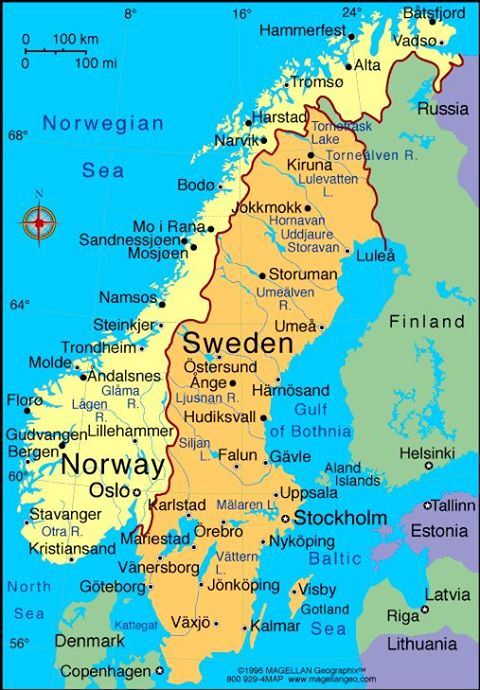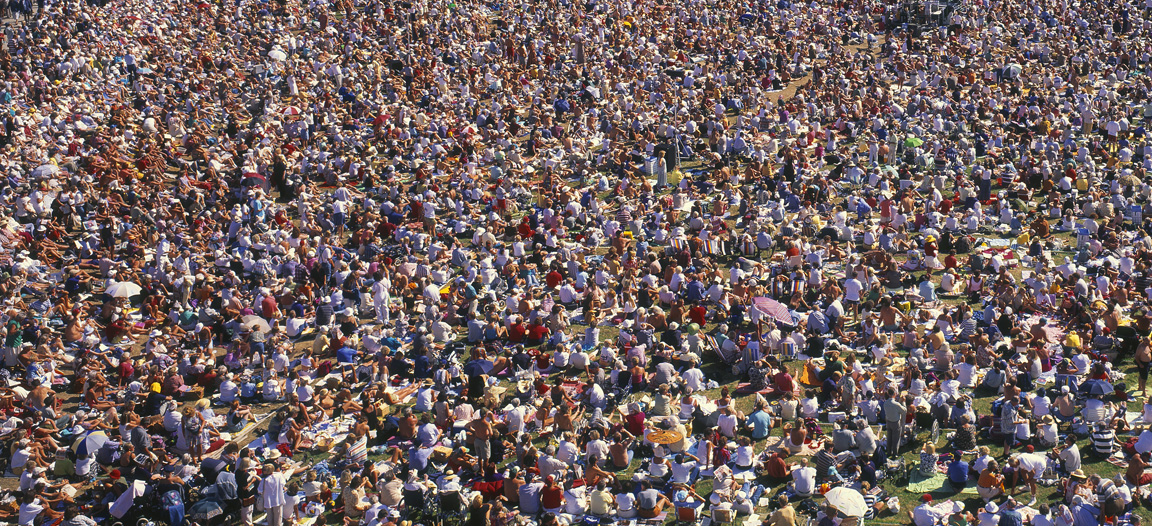August 12 in Swedish History
Twelve years ago, the Swedish population passed the 9 million mark.
-
 Sweden's population reached 9 million on August 8, 2004 and 10 million on January 20, 2017. Curious about more Sweden stats? Take a quick look at Sweden here. Sweden in Swedish is "Sverige". The modern name is derived through the back-formation from an Old English word meaning "people of Swedes". The Swedish name of Sweden (Sverige) is a compound of the words Svea and RIke. Capital: Stockholm Official languages: Swedish Ethnic groups: no official statistics Demonym: Swedish-Swede Government: Unitary parliamentary representative democracy under constitutional monarchy Monarch: King Carl XVI Gustaf Prime Minister: Stefan Löfven (Social Democrat) Legislature: Riksdag Area in total: 449,964 km2 or 173,745 sq mi Currency: Swedish krona Scandinavia's other populations as of January 2017: Denmark 5,711,837 Finland 5,541,274 Norway 5,330,800 Iceland 334,303
Sweden's population reached 9 million on August 8, 2004 and 10 million on January 20, 2017. Curious about more Sweden stats? Take a quick look at Sweden here. Sweden in Swedish is "Sverige". The modern name is derived through the back-formation from an Old English word meaning "people of Swedes". The Swedish name of Sweden (Sverige) is a compound of the words Svea and RIke. Capital: Stockholm Official languages: Swedish Ethnic groups: no official statistics Demonym: Swedish-Swede Government: Unitary parliamentary representative democracy under constitutional monarchy Monarch: King Carl XVI Gustaf Prime Minister: Stefan Löfven (Social Democrat) Legislature: Riksdag Area in total: 449,964 km2 or 173,745 sq mi Currency: Swedish krona Scandinavia's other populations as of January 2017: Denmark 5,711,837 Finland 5,541,274 Norway 5,330,800 Iceland 334,303 -
-
August 12 in Swedish History
2004: the Swedish population officially passes the 9 million mark. -

-
-
At the end of May, 2013, the population had risen to 9,588,569 and Sweden's population was at the time expected to reach 10 million in 2018 - the expected one million increase after just 14 years would be unprecedented in Swedish history. However, after two years of an increase of over 100,000 per year, at the end of May, 2016, the Swedish population already amounted to 9,894,888 according to SCB (Statistics Sweden). The ten million mark could thus be reached already by 2017.
-
Sweden's population when Nordstjernan was founded, in 1872, is estimated to have been 4,227,231. Partly due to mass emigration, the population increased slowly over the final three decades of the 1800s and didn't reach five million until the turn of the century. Six million was reached in the early 1920s, seven million in 1950 and eight million in 1970.
-
-
